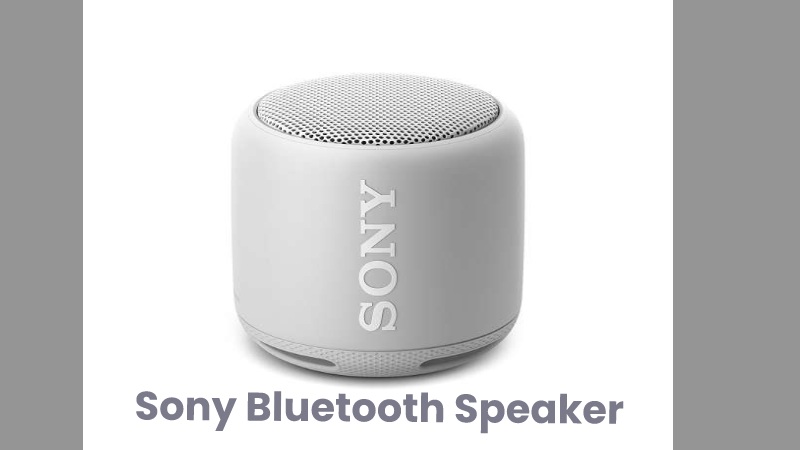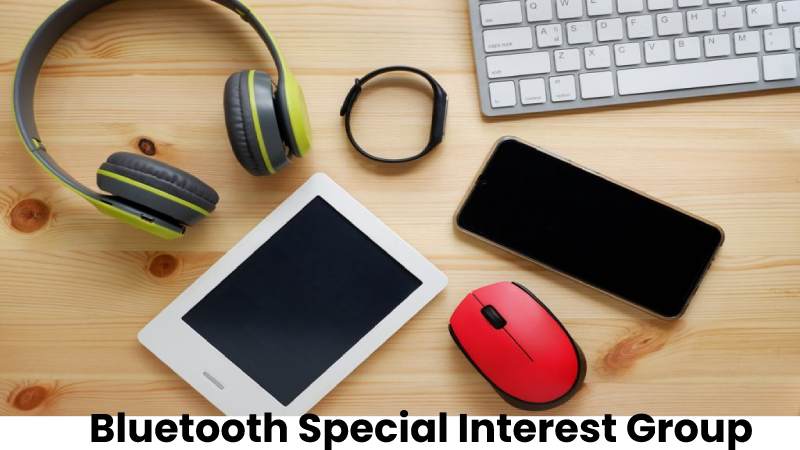Sony Bluetooth Speaker
Table of Contents
Introduction
Wireless speakers are loudspeakers that accept audio signals using radio frequency (RF) waves rather than over audio cables. The two most popular RF frequencies that provision audio transmission to wireless loudspeakers include a variation of WiFi IEEE 802.11. Indifference, others depend on Bluetooth to transmit audio data to the receiving speaker.

Wireless speakers are composed of a central speaker unit combination of the loudspeaker itself with an RF receiver and an RF transmitter unit. The transmitter ascribes to the audio output of any audio devices such as hi-fi equipment, computers, televisions, MP3 players, etc.
An RCA plug remains typically used to achieve this. The receiver remains positioned where the listener wants the sound to be, allowing the wireless speakers to move around without cables. The receiver/speaker unit generally covers an amplifier to boost the audio signal to the loudspeaker; it is powered either by batteries or through an AC electric outlet.
Sony Bluetooth Wireless Speaker
The signal frequency range used by wireless speakers is usually the same as that used by cordless telephones – 900 MHz. The RF signal can cross walls and floors/ceilings. Most manufacturers claim the signal transmits over 150 to 300 feet (50 to 100 m). Many wireless speakers feature variable transmission channels that can remain set using a tuning knob to overcome potential RF interference with nearby wireless devices, such as cordless phones or baby monitors.
Bluetooth is a short-range wireless technology that remains used for exchanging data between fixed and mobile policies over short distances using UHF radio waves in the ISM bands, from 2.402 GHz to 2.48 GHz, and building private area networks (PANs). It remains used chiefly as an alternative to wire connections, exchanges files among nearby portable devices, and attaching cell phones and music players with wireless headphones. In the most widely used model, transmission power is limited to 2.5 milliwatts, giving it a concise range of up to 10 meters (33 ft).
Bluetooth Special Interest Group

Bluetooth remains managed by the Bluetooth Special Interest Group (SIG), with more than 35,000 member companies in telecommunications, computing, networking, and consumer electronics. The IEEE standardized Bluetooth as IEEE 802.15.1, but it no longer maintains the standard. The Bluetooth SIG oversees specification development, manages the qualification program, and protects trademarks. A manufacturer must meet the Bluetooth SIG standards to market it as a Bluetooth device. In addition, a network of patents applies to technology that remains licensed to individual qualifying devices. As of 2009, Bluetooth integrated circuit chips ship approximately 920 million units per year. As of 2017, 3.6 billion Bluetooth devices continued to be exported annually, with shipments probable to rise at about 12% per year.
The name “Bluetooth” remained suggested in 1997 by Intel’s Jim Kardach, co-founder of the Bluetooth SIG, and the word ” Bluetooth ” remained. “The term ” Bluetooth ” remained. ” A conversation inspired the name with Sven Mattisson. He linked Scandinavian history with stories from The Tall Ships, a historical novel by Frans G. Bengtsson about the Vikings and the 10th-century Danish king Harald Bluetooth. Then, after discovering an illustration of the Harald Bluetooth runic stone in Gwyn Jones’s book A History of the Vikings, Jim suggested Bluetooth as the codename for the short-range wireless program now called Bluetooth.
According to the Official Website of Bluetooth,
Bluetooth remains intended only as a placeholder until marketing developed something extraordinary.
Later, when choosing a severe name, Bluetooth continued to remain replaced by RadioWire or PAN (Personal Area Network). PAN was ahead, but extensive research discovered that it had tens of thousands of hits all over the internet.
The inability to complete a full trademark search on RadioWire in time to launch made Bluetooth the only option. However, the name quickly caught on, and before it changed. It spread throughout the industry and became synonymous with short-range wireless technology.
Bluetooth is the Anglicised version of Scandinavian Blåtand/Blåtann (or Old Norse, blátǫnn). It was the epithet of King Harald Bluetooth, who united the disparate Danish tribes into a single kingdom; Kardach chose the name to imply Bluetooth similarly

